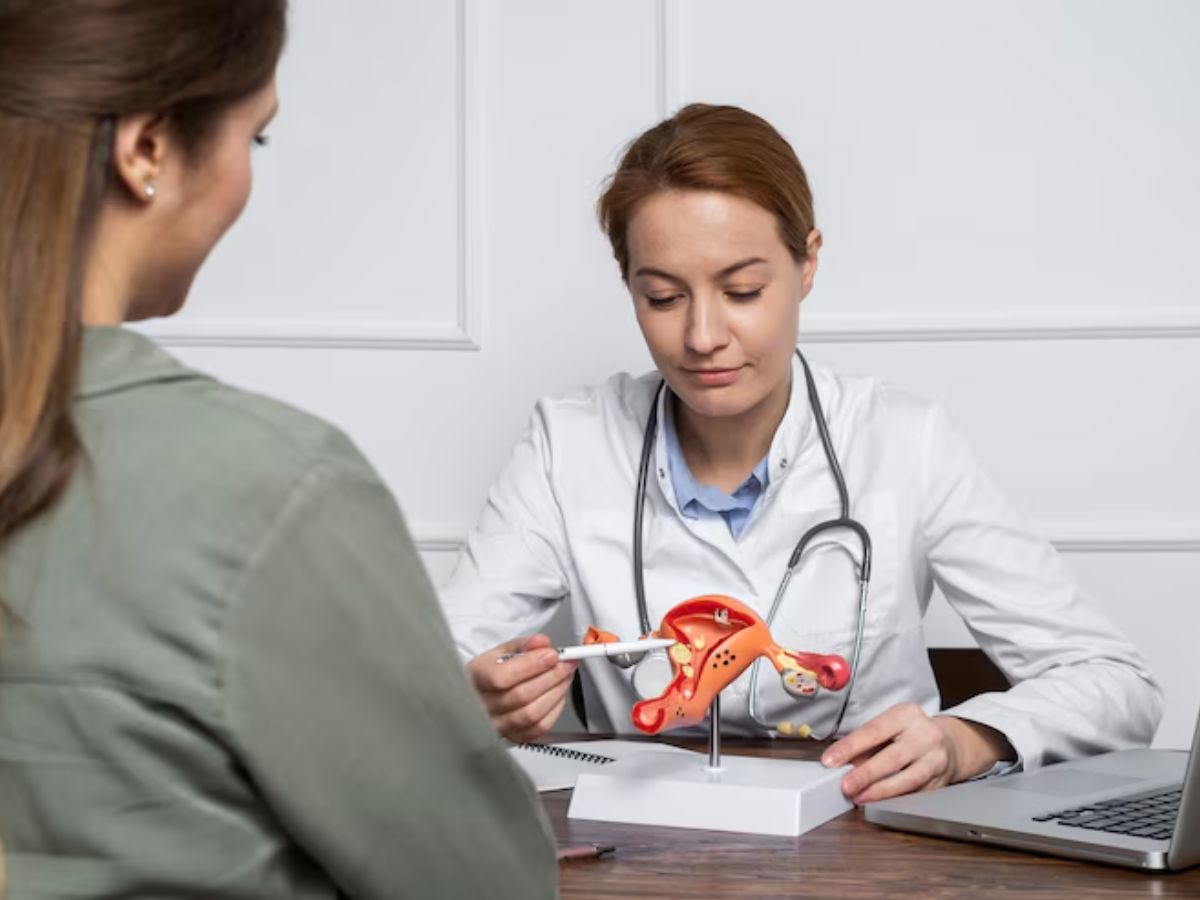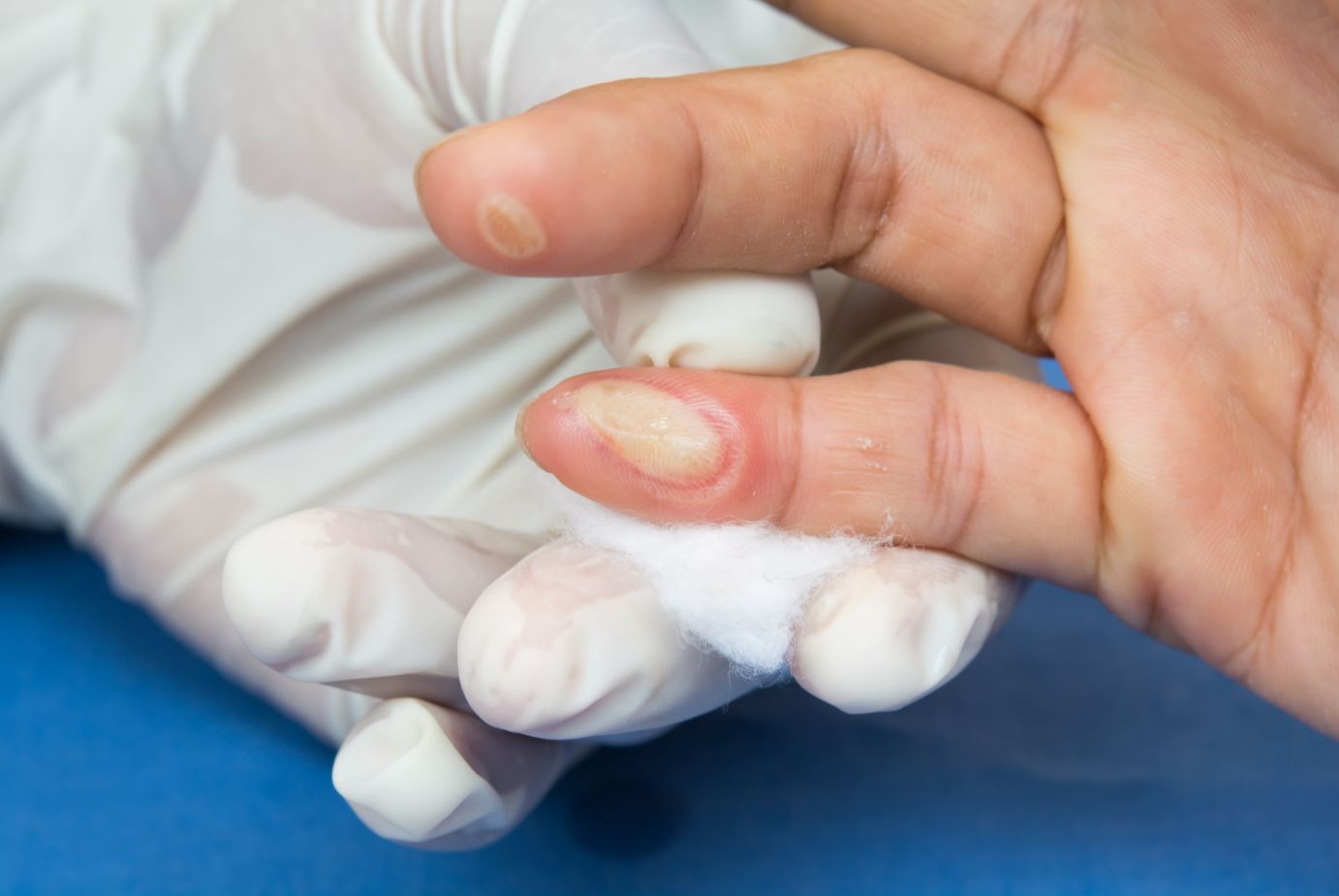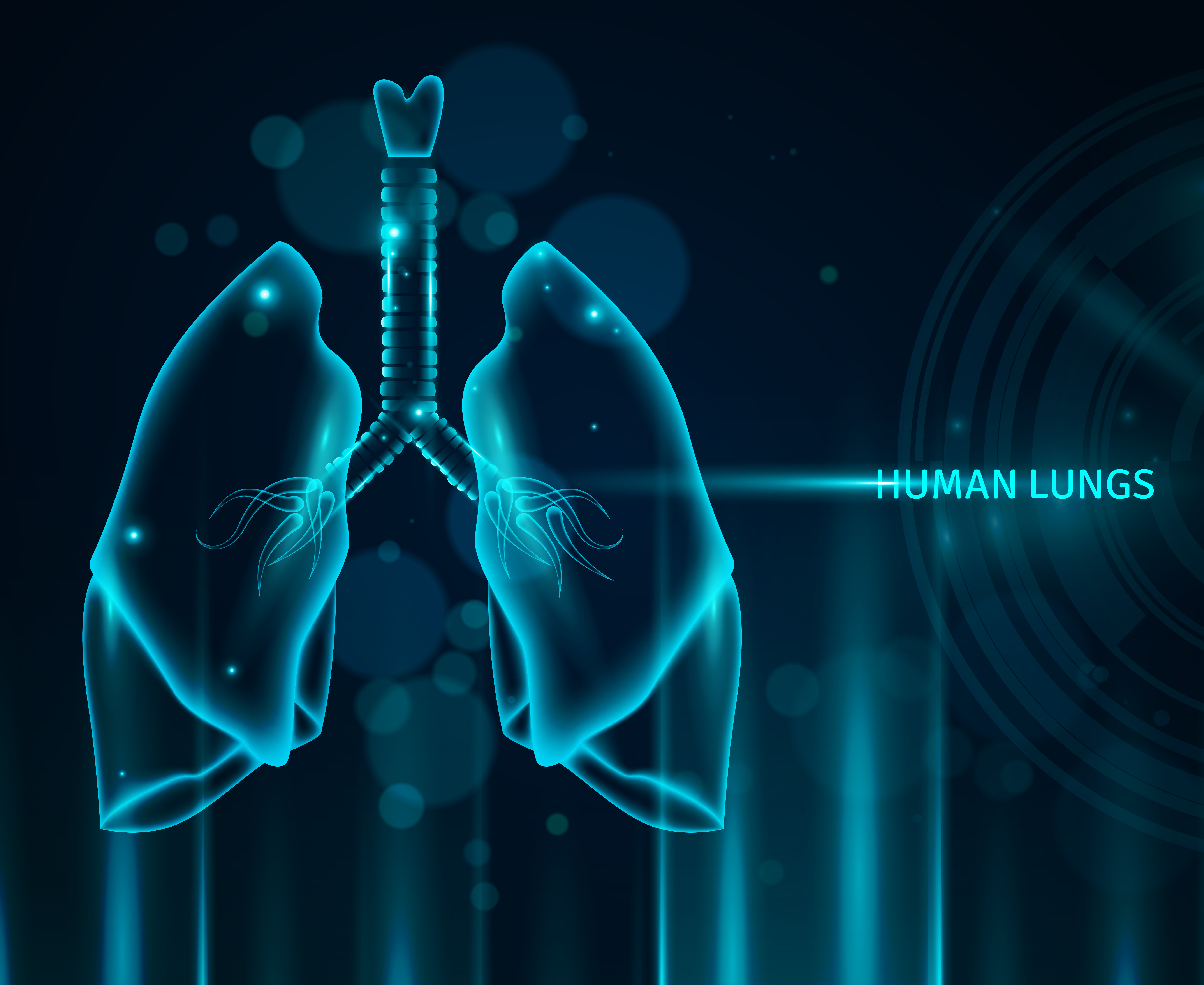7 Ways Doctors Help Manage Fibroids Without Surgery

Strong 8k brings an ultra-HD IPTV experience to your living room and your pocket.
Tired of dealing with heavy bleeding, cramps, and bloating every month?
Uterine fibroids can make daily life uncomfortable. While surgery is often suggested, it’s not your only option. Many women today are turning to non-surgical treatments that are safer, quicker, and easier to recover from. If you’re looking for a fibroid specialist in Delhi, understanding your options is the first step toward relief.
This blog explains how doctors manage fibroids without surgery, what you can expect, and how to take the next step if symptoms are affecting your life.
1. Medicines to Control Hormones and Shrink Fibroids
Doctors often start by using medicines that balance hormone levels. Fibroids grow under the influence of oestrogen and progesterone. These medicines reduce hormone levels to slow down or shrink the fibroids.
Common options include:
- GnRH agonists: These temporarily stop hormone production, shrinking fibroids.
- Birth control pills: Help control heavy bleeding and menstrual cramps.
- Progestin-releasing IUDs: Reduce bleeding and offer birth control.
What you should know:
- These don’t remove fibroids but make them smaller.
- Once the medicine is stopped, fibroids may return.
- Some options may cause temporary menopause-like symptoms.
2. Pain Relief and Symptom Control
Even if fibroids remain, many women only need help managing symptoms. Doctors can suggest simple medications to control pain and bleeding.
Options include:
- NSAIDs: Such as ibuprofen to relieve cramps and pelvic pain.
- Tranexamic acid: Taken during periods to reduce bleeding.
- Iron supplements: To treat anaemia caused by blood loss.
These are useful for those with mild symptoms who wish to avoid hormonal treatment.
3. Uterine Fibroid Embolisation (UFE)
UFE is a popular non-surgical option in India. It involves blocking the blood supply to fibroids, causing them to shrink over time.
What happens during UFE:
- A small tube is inserted into the groin artery.
- Tiny particles are injected to block blood flow to the fibroids.
- Without blood, fibroids shrink and symptoms reduce.
Key benefits:
- No cuts or stitches
- Done under local anaesthesia
- Discharge the same or next day
Studies show over 85% of women feel better after UFE within 3–6 months.
4. MRI-Guided Focused Ultrasound (MRgFUS)
MRgFUS is a newer method gaining popularity for treating fibroids without surgery. It uses sound waves to heat and destroy fibroid tissue under MRI guidance.
How it works:
- No cuts or needles
- MRI locates the fibroid
- Focused sound waves heat the fibroid tissue until it breaks down
Suitable for:
- Women with fibroids near the front of the uterus
- Those looking for a no-recovery-time option
It's painless and offers fast results, though not all types of fibroids can be treated this way.
5. Sclerotherapy for Smaller Fibroids
Sclerotherapy is a method where a chemical is injected directly into the fibroid. It blocks the blood vessels feeding the fibroid, causing it to shrink.
When it’s used:
- Works best for small, localised fibroids
- Often combined with other treatments for better results
This approach is less common but gaining interest in India for early-stage cases.
6. Lifestyle Changes to Support Fibroid Management
Doctors may also recommend daily habits to prevent fibroids from growing. While these won’t cure fibroids, they can help reduce symptoms.
Helpful lifestyle steps:
- Eat a diet rich in fruits, vegetables, and fibre
- Avoid red meat and processed food
- Maintain a healthy weight
- Do 30 minutes of physical activity every day
- Reduce stress with yoga or walking
Real-life tip:
Swapping soft drinks with coconut water and choosing dal-chawal over oily snacks can help reduce inflammation in the body.
7. Regular Monitoring and Imaging Tests
Not all fibroids need active treatment. If they are small and not causing symptoms, doctors may suggest regular monitoring.
Common check-up tools:
- Ultrasound scans to check fibroid size
- Pelvic exams every 6 to 12 months
- Blood tests if anaemia is suspected
This is often the safest route for women approaching menopause, as fibroids usually shrink after this stage.
Why Non-Surgical Options Matter
Surgery is not the only answer. For many Indian women, balancing family, work, and health means needing safer, faster treatments. Non-surgical methods now offer excellent results, especially with early care.
Advantages of non-surgical care:
- Short recovery time
- Lower cost than surgery
- No hospital stays
- Fewer risks and side effects
Need Expert Help? Here's Where to Go
If you're looking for trusted care, Essentia Medicals offers advanced non-surgical uterine fibroid treatment in Delhi.
With experienced doctors and modern techniques like UFE and laser-based options, you can get back to your routine faster without the fear of surgery.
Whether it’s pain, heavy periods, or bloating, it’s time to talk to a specialist.
Final Words
Fibroids don’t always need surgery. With today’s medical options, women in India can manage symptoms safely and quickly. From medicines and lifestyle changes to modern non-surgical treatments like UFE and MRgFUS, there are many ways doctors help reduce discomfort.
If you notice signs like heavy periods or constant bloating, don’t delay. Speak to a fibroid specialist in Delhi today and take charge of your health.
Note: IndiBlogHub features both user-submitted and editorial content. We do not verify third-party contributions. Read our Disclaimer and Privacy Policyfor details.







